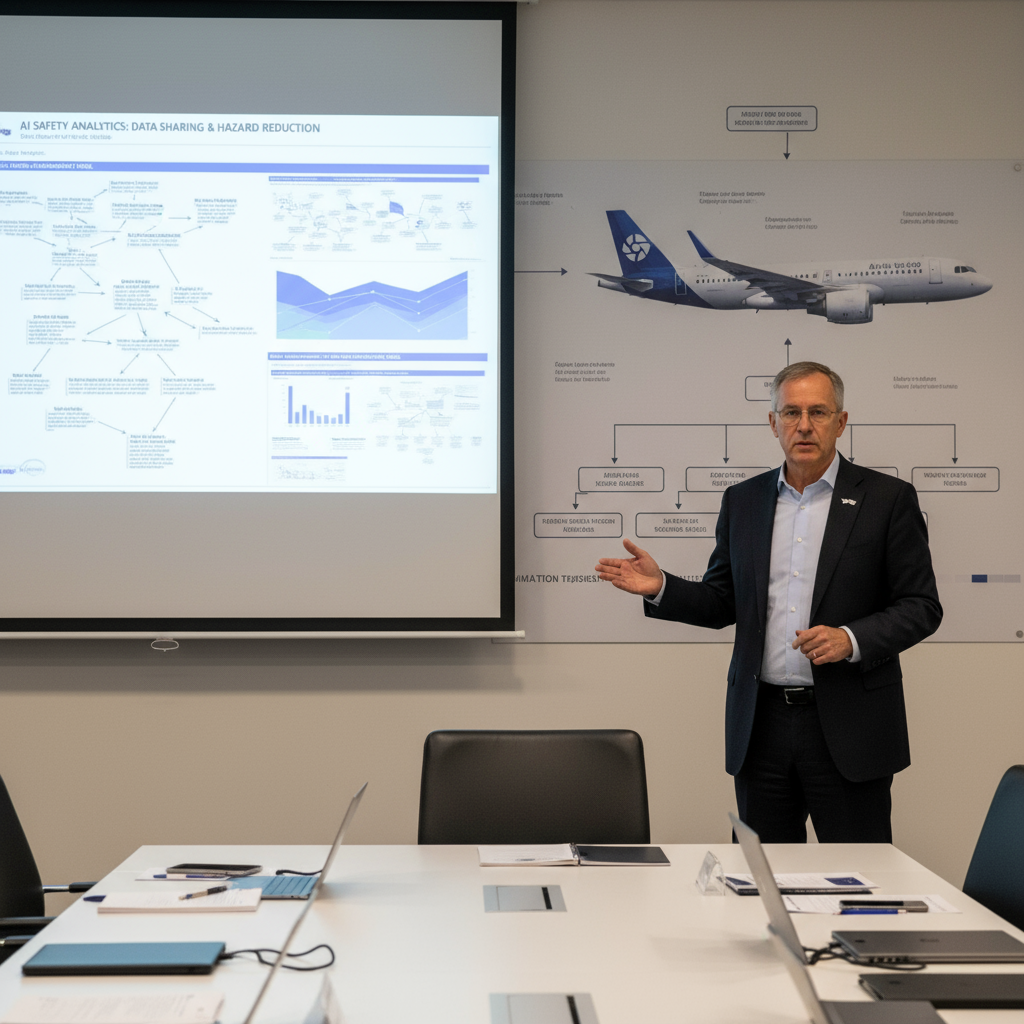Physical Address
304 North Cardinal St.
Dorchester Center, MA 02124
Physical Address
304 North Cardinal St.
Dorchester Center, MA 02124
Global aviation news tracker
Global aviation news tracker

Aviation’s proven safety culture offers a roadmap for the AI industry to manage systemic risk.
UND (University of North Dakota) aviation safety expert James Higgins argues that the commercial airline sector’s long-running practices in aviation safety—transparent reporting, cross-operator learning and independent investigation—could help AI companies build stronger, more reliable systems. Higgins points to aviation’s decades-long decline in accidents driven by industry-wide data sharing and standard hazard analysis.
Higgins calls for AI developers, platforms and regulators to adopt similar norms: routine, non-punitive incident reporting; centralized analysis that identifies root causes across different systems; and public lessons that raise the baseline safety of the whole sector. The proposal is framed not as regulatory mimicry but as cultural transfer: aviation safety grew from operators cooperating to prevent repeat failures.
Key elements that make aviation safety effective include consistent reporting standards, independent investigations, and a feedback loop that turns findings into design or procedural changes. For airlines and manufacturers, these practices reduced common-cause failures across fleets and models. Higgins suggests AI could benefit the same way when companies share anonymized failure data, modeling errors, and near-miss events.
Adapting aviation-style transparency won’t be straightforward. AI firms face intellectual property, competition and national-security concerns that airlines typically do not. Still, Higgins argues limited, anonymized sharing and trusted intermediaries could strike a balance between commercial secrecy and collective safety gains. The goal is reducing repeatable failures and improving public trust in complex systems.
Whether regulators, consortia or independent non-profits lead the effort, the core idea is simple: treat AI system failures as shared lessons rather than isolated embarrassments. Aviation’s record shows that industries can lower risk faster when they learn together.